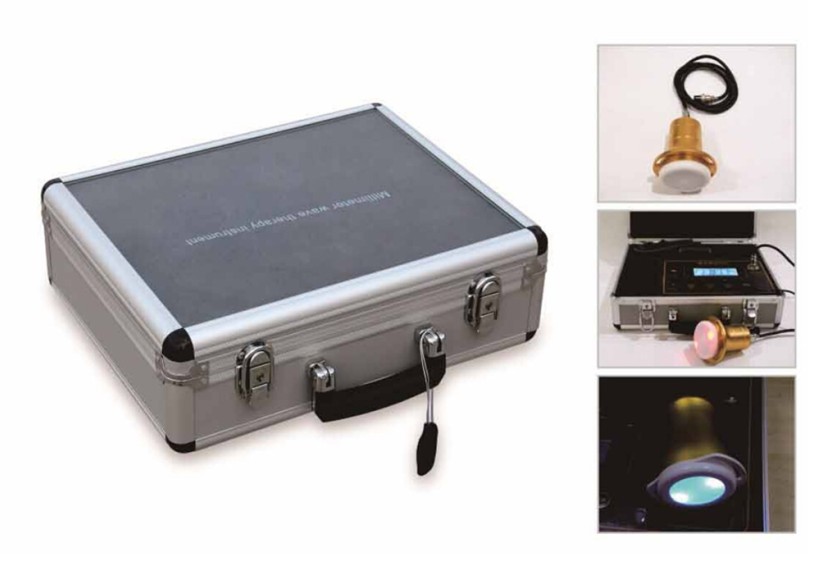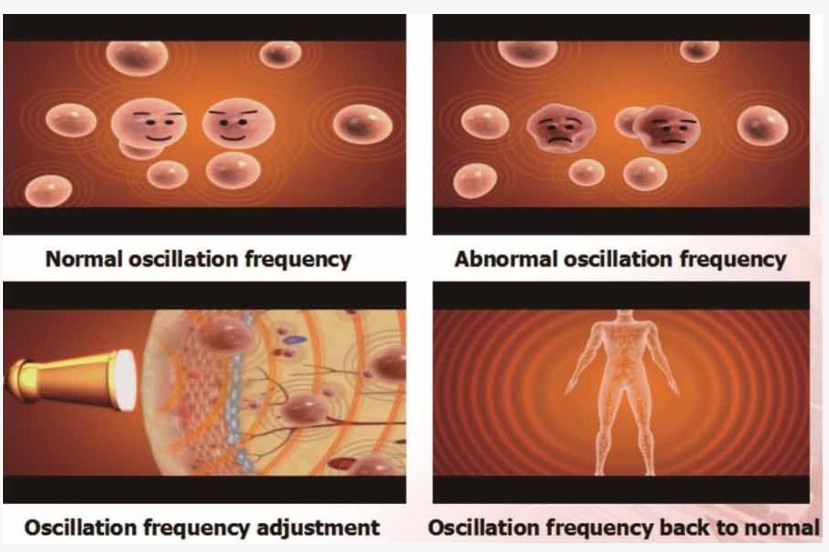Irrigation of different cultivation methods
1. Live seedlings. After sowing, try to avoid dry topsoil, especially in northern areas. If some small seeds are covered with shallow soil after sowing, they are susceptible to spring drought. Reasonable irrigation can keep the bed surface moist, prevent the seedlings from losing water, and adjust the ground temperature to prevent sunburn. Sowing seedlings generally requires more irrigation times, and the amount of irrigation should be small each time.
2. Cutting, layering, and trimming. These seedlings require a lot of water for rooting and germination, especially at the stage when the leaves are just beginning to spread but not yet fully rooted. The leaf surface transpiration is large and the soil water supply is small. Once the water is cut off, the plant will die. Timely irrigation is critical. . In the north, the irrigators can irrigate with large water in the dry season, but the water flow should be thin and slow, so as not to move the seedlings (especially cutting seedlings).
3. Branch seedlings, transplant seedlings. These seedlings are vulnerable to root damage during planting, and the water supply inside the seedlings is not balanced, so water supply must be strengthened. After ramification and transplantation, it should be irrigated continuously for 3-4 times, the amount of irrigation should be larger, and the interval should not be too long.
4. Grafting seedlings. Grafted seedlings do not require too much water, as long as the normal physiological activities of the rootstock can be ensured. Irrigation water should not be too large, especially the joints should not collect water, otherwise the wound will rot. When it is necessary to irrigate in dry weather, we should also pay attention to this problem.
5. Large seedlings. Large seedlings need to be irrigated only in the dry season. If there is too much water, it will reduce the resistance of seedlings and affect the growth and development.
Irrigation under different climatic conditions
Irrigation must be flexibly controlled according to changes in climatic conditions. Generally speaking, in winter, it is necessary to irrigate the frozen water once before the soil freezes to facilitate the overwintering of the seedlings; from spring to early summer, the seedlings are in the vigorous growth period and need to be irrigated 7-8 times, sowing seedlings and cutting seedlings more frequently; in the north in summer Usually during the rainy season, irrigation is not required; in autumn, in order to enrich and lignify the seedlings, they are prepared to overwinter, generally without irrigation.
Irrigation of different soil conditions
Heavy clay soil has strong water retention capacity, so the amount of irrigation should be appropriately reduced; sandy loam soil has poor water retention capacity, so the amount of irrigation should be appropriately increased.
Irrigation of different tree species
Different tree species have different requirements for moisture. There is not much difference in the seedling stage, and sufficient water is generally required. As the seedling age grows, the difference becomes more and more obvious. For some drought-tolerant tree species, such as Ailanthus altissima, Robinia locust, clove, etc., we should pay more attention to drainage immediately when there is a lot of water; for general tree species, the soil should always be kept moist, combined with the groundwater level and rainfall conditions to determine the appropriate amount of irrigation.
Disclaimer: Some articles on this website are transferred from the Internet. If the legal rights of a third party are involved, please inform this website for processing. phone
Millimeter Wave Therapy Machine
What is Millimeter wave therapy?
Millimeter wave is 1-10mm electromagnetic wave, it is equal to frequency range 300GHZ-30GHZ, it is a low power, short wavelength, high frequency electromagnetic wave and locates in interchange of the light wave, also called extremely high frequency electromagnetic wave.
Millimeter wave electro-magnetic therapy is supplemented by way of energy through the meridians, body fluid pathways, neural pathways, to regulate patient immune system.

Millimeter wave application:
Millimeter wave is a kind of green therapy that is safe effective and non-toxic side effects, its unique [Electromagnetic resonance theory of coherent oscillation"and Non-thermal remote effect", have obvious effect on the biological macromolecules, cell and visceral organ, can promote the growth of hematopoietic cell, improve the body` s immune system function, promote tissue repair regeneration, promote inflammation absorption and ulcer healing, coordinate the body`s physiological function by the resonance effect of oscillation frequency, thus get a significant biological effects.

Millimeter wave Therapy Machine Main functions
1. Non-thermal effects
Millimeter does not treat diseases via increasing body temperature. In the treatment of diseases, no thermal, no pain, no simulation, an internationally recognized green therapy.
2. Distal effects
Millimeter wave can be conducted through the inter-cell, neural, humeral, an other means of the meridian through the irradiation point on the biological activity, or even the effect of the body up to the depth of the lesion.
3. The cumulative effect of time
Millimeter-wave of cell repair and adjusting will take some time, with the increase in the number of treatments:the more intense the millimeter-wave effect on the biological effects of the body, the treatment effect is more obvious.
Millimeter-wave therapy can be applied to many special occasions, either as a single therapy, or combined with a variety of other medical methods for safe usage.
Millimeter Wave Therapy,Millimeter Wave Therapy Machine,Wave Therapy Machine,Millimeter Therapy Machine
Shenzhen Guangyang Zhongkang Technology Co., Ltd. , https://www.szlighttherapymachine.com